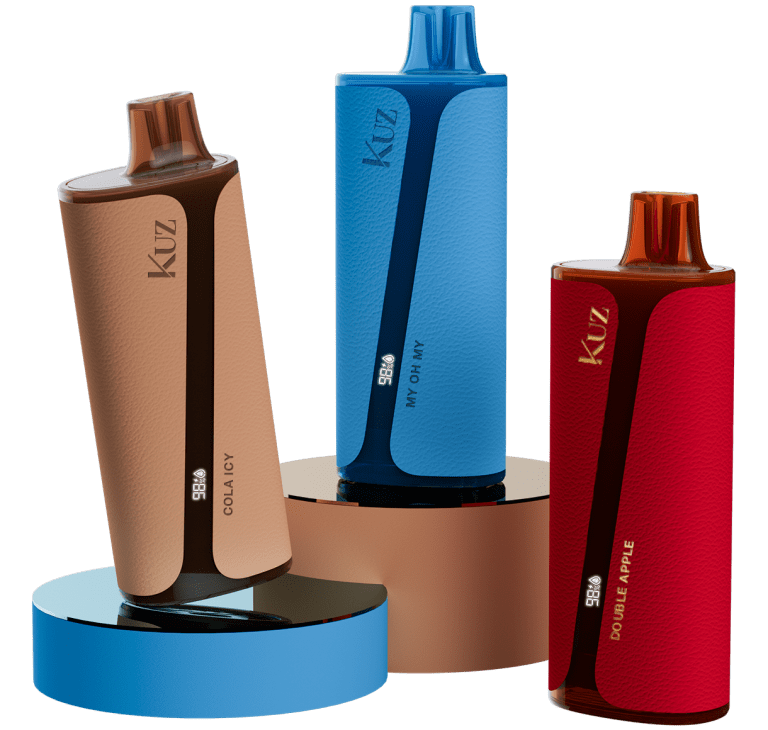Vaping, a practice that has become increasingly popular over the last decade, particularly among teens and young adults, often prompts the question: Are vapes drugs? The answer isn’t straightforward. While the act of vaping itself is not classified as drug use, the substances contained within vape devices often are, leading to significant health concerns and the potential for addiction.
What Is Vaping?
Vaping involves inhaling vapor produced by an electronic device, often referred to as an e-cigarette or vape pen. These devices heat a liquid—commonly known as vape juice or e-liquid—that usually contains nicotine, flavorings, and other chemicals. The vapor is then inhaled into the lungs, delivering substances like nicotine directly into the bloodstream.
While nicotine is the most commonly vaped substance, it’s far from the only one. THC, the psychoactive component of marijuana, is also frequently vaped, particularly among younger users. Alarmingly, there has been a growing trend of mixing other illicit drugs, such as methamphetamine and opioids, into vape liquids. This raises significant health risks and complicates the legal landscape surrounding vaping.
Why Is Vaping Considered Dangerous?
The dangers of vaping stem primarily from the substances being vaped. Nicotine, found in most commercial e-liquids, is highly addictive and can harm brain development in teenagers and young adults. The brain continues developing until around the age of 25, and exposure to nicotine during this time can lead to long-term cognitive and behavioral impairments.
Moreover, the habit of vaping nicotine can act as a gateway to more harmful substances. Research indicates that individuals who start with nicotine vaping are more likely to experiment with other drugs, such as marijuana, and even harder substances like cocaine and heroin. This phenomenon is particularly concerning in teenagers, who are more susceptible to peer pressure and the allure of experimentation.
Vaping Illicit Substances
In recent years, the misuse of vaping devices to consume illicit drugs has become more prevalent. For example, methamphetamine, a powerful and highly addictive stimulant, can be mixed into vape liquids and inhaled. This method of drug use is particularly dangerous because it combines the effects of nicotine—a depressant—with a potent stimulant, leading to severe mental and physical health issues.
Other drugs that have been vaped include opioids like fentanyl, which can be deadly even in small doses. The discreet nature of vape pens allows users to consume these substances in public spaces without drawing attention, making it easier for drug abuse to go unnoticed.
The Impact on Teenagers and Young Adults
Teenagers are particularly vulnerable to the risks associated with vaping. The National Institute on Drug Abuse (NIDA) has reported a significant increase in teen vaping over recent years, with many teens unaware of the potential harms. The appeal of flavored e-liquids, combined with the misconception that vaping is safer than smoking, has led to a surge in use among adolescents.
However, the long-term health consequences of vaping are still being studied, and early evidence suggests that vaping can lead to respiratory issues, cardiovascular problems, and an increased risk of developing substance use disorders. Furthermore, the ease with which teens can hide their vaping habits from parents and teachers adds to the growing concern.
Conclusion: Is Vaping Worth the Risk?
While vaping itself is not classified as a drug, the substances commonly vaped—nicotine, THC, and even more dangerous drugs—pose significant health risks. For teens and young adults, the appeal of vaping can quickly turn into a dangerous habit that paves the way for more severe substance abuse. Understanding the risks associated with vaping and educating young people on these dangers is crucial in preventing the potential long-term consequences of this growing trend.



